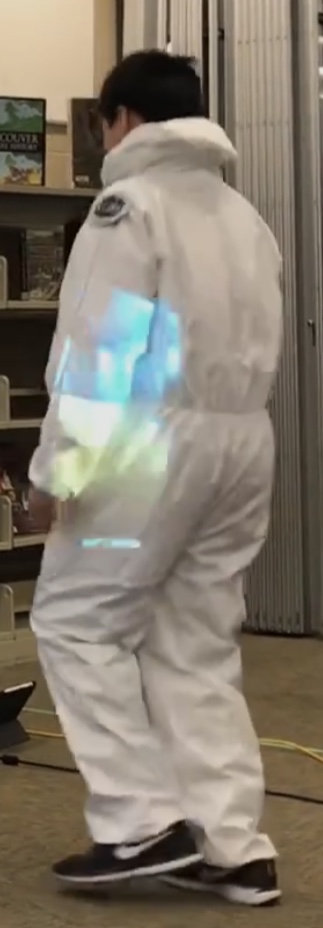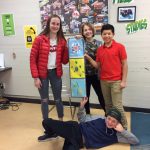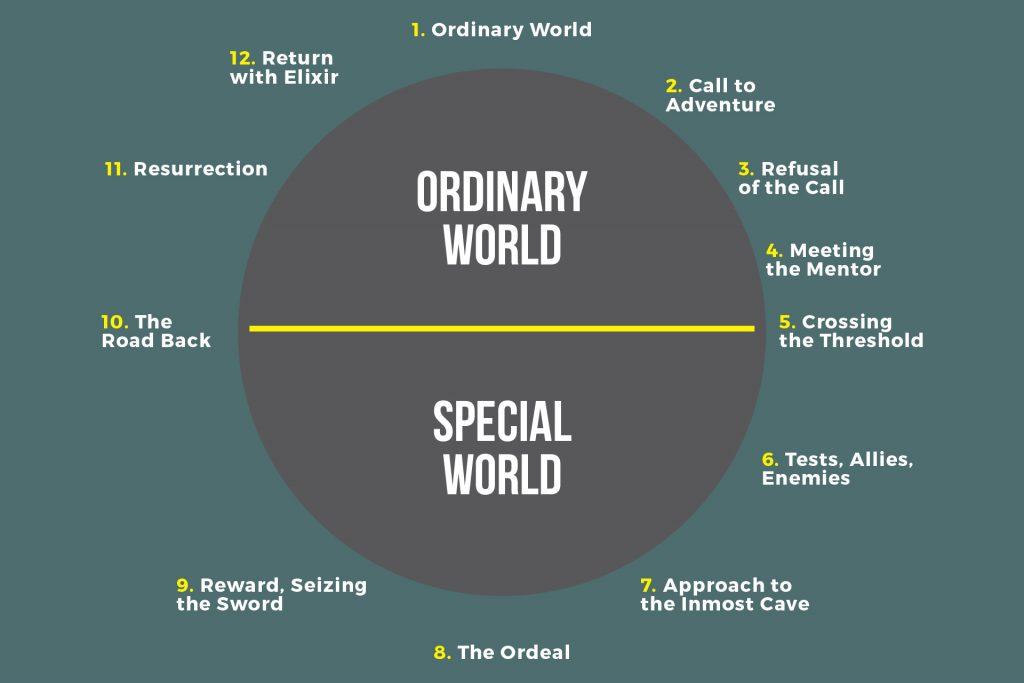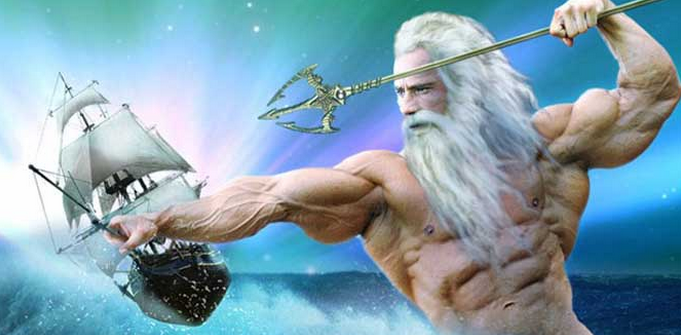I want to start off by saying that I think Provincials for D.I. went a lot better than regionals in terms of an environment and fun. But for the presentation I’d say it was pretty similar.
If you haven’t read my previous D.I. Blog post refer to the box below.
My group members where Fraser, Jason, and Kyle.
For provincials we had to fix several things from Regionals. Our biggest change was probably making a backdrop instead of using a projector in our presentation. We took a big piece of cardboard and then we covered it with paper. Then Fraser took it home to paint it. We also added some smaller pieces of cardboard painted like a temple and a sign. We tied these with ropes to the backdrop so we could flip them up when needed. The backdrop was painted on both sides, one was the Phobos landscape and the other was the inside of the Temple.
WIth D.I. there were five stages.
Stage 1: Recognize:
We had to recognize our flaws from regionals so we could make better performances in provincials. This included my friend Jason consistently showing his « sexy » back to the audience and not his face. This also included me not talking loud enough and not showing much emotion.
Here is a picture of Jason with his back towards the audience.
Stage 2: Imagine:
We then had to imagine how to solve our problems. Our projector idea from regionals hadn’t worked to well, so we decided to make a solid background. This way it would also be harder for Jason to cover it and make a negative impact. One of our Team choice elements was live music played by Fraser with a cello. In regionals we had lacked the cello so Fraser and I sat down and looked for more spots in the script were the cello could be played.
Stage 3: Initiate and Collaborate
For the third stage, we starte making the backdrop, Jason worked on his back facing the audience, I worked on my expressions and volume, and we snuck in more cello playing into the script.
Stage 4: Assess
To assess we were pretty much already at the school to present so we could only hope everything was ready to go. It turned out pretty great even if all our rehearsals were trash as we were focused more on chilling before our performance. Or at least me.
This is me in our group photo sitting on our sick ride with a VR headset on.
Stage 5: Evaluate and Celebrate
We were the only team in our class to place on the podium. We came third. We made sure to rub it into our classmates. That was pretty great. We thought we had nailed our performance at provincials but the Appraisers clearly didn’t. We significantly improved several aspects in my opinion but the Appraisers were harder on us on some things they didn’t even mention in regionals which to me makes them bad Appraisers just like bad refs in a hockey game. Of coure it’s nearly impossible to have good ones. Unfortunately I do not have my performance on tape nor do my group mates.
This is me and Fraser with our trophy and medals.
These are the Seycove teams in a group picture.
Here’s a picture of our group.
Below is the link to an article released by D.I. that is proving by some psychologist that D.I. is supposed to be making participants more developed in learning. Apparently it makes students more confident, tenacious, and creative. 82% of participants have reported that their teamwork skills have improved. D.I. participants have been able to brainstorm ideas more easily. I find some truth in this article but so far I haven’t enjoyed D.I. or felt like the benefits of D.I. be worth the time spent not enjoying something.
If I’m forced to I’ll do D.I. again because I was forced to. Otherwise it was an interesting experience but I’m not to interested in doing it again.
That just about wraps it up for this year’s D.I. folks.














